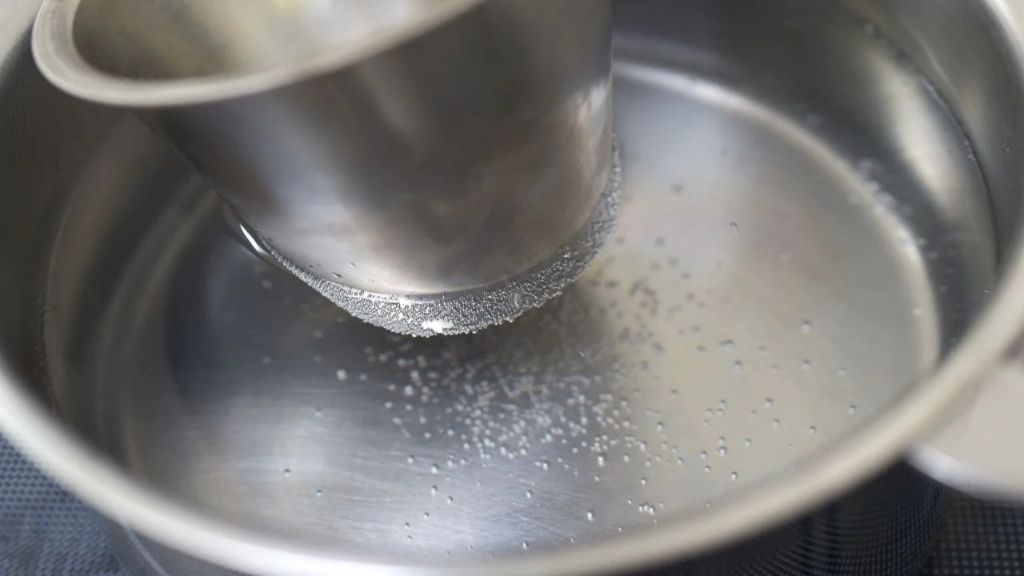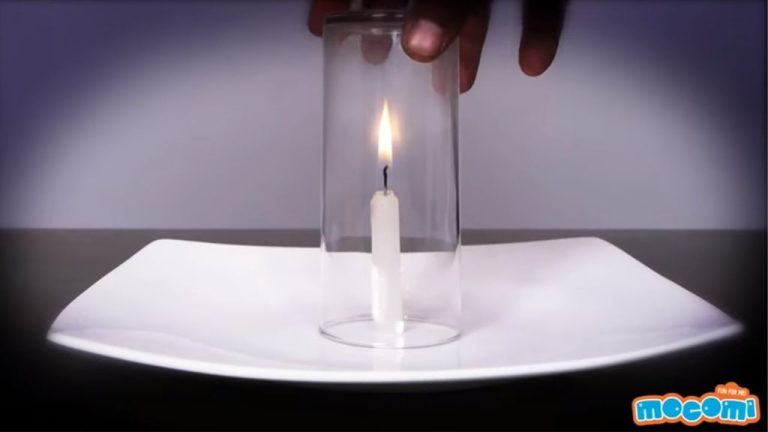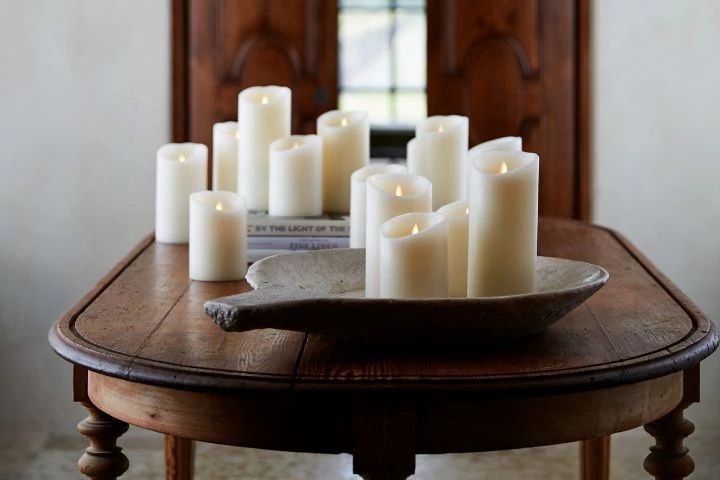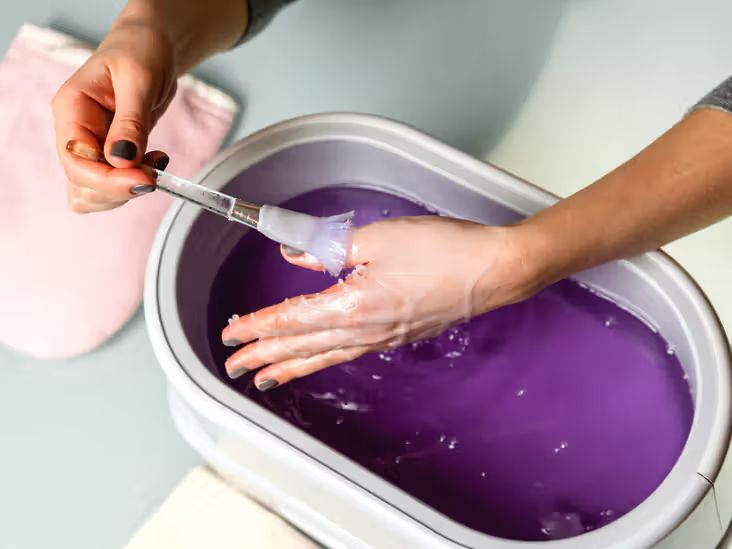Is It Safe To Melt Candle Wax In A Pot?
Melting candle wax in a pot is a common practice for crafters and candle makers. It allows you to reuse old candle wax or create new candles, wax melts, or other projects. The key when melting wax in a pot is doing it safely by using the right materials, temperatures, and techniques. Properly melting wax requires a bit of care but can be done on a stovetop or using a double boiler. With some simple safety precautions, you can successfully melt candle wax in a pot without incidents.
Safety Considerations
Melting wax can be dangerous if proper precautions are not taken. According to the Harlem Candle Company, wax should never exceed 250°F to avoid flammability and splattering (https://www.harlemcandlecompany.com/blogs/journal/all-the-ways-to-melt-candle-wax). Wax melts and candles contain flammable ingredients that can ignite if overheated. Ensure good ventilation when melting wax to allow vapors to dissipate.
Exercise caution when handling hot wax to avoid burns. Melted wax retains heat and remains hot after removing from the heat source. Allow wax to partially cool before pouring into containers. Supervise children closely and keep them away from hot wax due to burn risks.
According to Aroma Sparks, wax melting should always be done in well-ventilated areas away from flammable materials (https://aromasparks.com/pages/candle-waxmelt-care-and-safety). Children and pets should be kept away from melting wax and wax warmers. Proper adult supervision is essential when melting wax around kids.
Choosing a Pot
When choosing a pot for melting candle wax, the material, shape, and size are key considerations:
Material – Stainless steel, aluminum, and tempered glass pots work well for melting wax. Avoid using nonstick cookware, as the nonstick coating can get damaged by wax. Thicker pots like stainless steel help distribute heat evenly and prevent scorching the wax (Candle Making Supplies).
Shape – A pot with straight sides, rather than curved sides, allows for better wax coverage and even melting. Some melting pots designed for candle making have a pouring spout, which helps make pouring the wax easier.
Size – Size depends on the amount of candles you plan to make at one time. For small home candle projects, a 1-2 quart pot is sufficient. Larger commercial operations may use industrial-sized wax melting pots that hold 5+ gallons (Amazon).
Make sure to select a pot large enough to hold the wax volume needed, while leaving ample headspace so the wax doesn’t bubble over as it melts and expands.
Preparing the Wax
Before melting candle wax, it’s important to properly prepare the wax by cutting or breaking it into smaller, more manageable pieces. Large wax blocks or candles are difficult to melt evenly and can take a long time to fully liquefy. According to [resources 1], cutting or breaking the wax into 1-2 inch chunks allows the wax to melt faster and more efficiently. Smaller pieces have more surface area exposed to heat, which helps them fully melt from the inside out.
To prepare candle wax for melting:
- Use a sharp knife to slice large blocks into smaller chunks. Score deep lines first, then snap the wax along the score marks.
- For large pillar candles, break into pieces by holding vertically and striking sharply against a hard surface. The wax should split where it strikes the surface.
- Grate shavings from the outer layer of candles using a grater or zester. This increases melt efficiency.
- Break wax chunks into even smaller pieces if needed. Aim for 1-2 inch size pieces.
Properly cutting or breaking candle wax before melting allows for even melting and less risk of scorching or overheating. Preparing the wax pieces ahead of time makes the entire melting process quicker and safer (resources 2).
Melting the Wax
When melting wax for candles or other projects, you have a few options for safely and effectively melting the wax. According to harlemcandlecompany.com, some common methods include:

On the Stove
You can use a pot or double boiler on the stovetop to gently melt wax. Heat the pot slowly and stir regularly as the wax melts. Be careful not to overheat the wax, which can cause it to burn or develop an unpleasant smell. Use a thermometer if possible and keep the wax under 200°F.
In the Microwave
The microwave allows wax to be melted quickly, but extra care must be taken. Melt wax on low heat in short intervals, stirring between each session. Melting too long can overheat the wax. Maximum microwave time depends on your microwave power. According to suppliesforcandles.co.uk, melt wax for 1 minute at a time, stirring well after each minute.
With a Double Boiler
A double boiler provides gentle, even heat for melting wax. Place wax in the top pot filled with water in the bottom pot below. Heat the water slowly until the wax melts. This prevents burning or overheating the wax. The double boiler can be used on the stove or with a hot plate.
Melting Temperature
The ideal temperature for melting candle wax depends on the type of wax being used. According to Brookota’s Creations, beeswax melts between 144-149°F (62-65°C), paraffin melts between 115-142°F (46-61°C), soy wax melts between 113-127°F (45-53°C), and soy-paraffin blends (parasoy) melt between 130–145°F (54-63°C) [1]. Gel wax, often used for wax melts, has a very high melting point around 180°F (82°C) according to Nikura [2]. Microcrystalline waxes also have high melting points from 145-195°F depending on the grade, as Blended Waxes notes [3].
In general, harder waxes like paraffin and microcrystalline wax need to be melted at higher temperatures, while softer waxes like soy and beeswax melt at lower temperatures. Knowing the proper melting range for the specific type of candle or melt wax is important for safe melting.
Avoiding Overheating
It’s important to avoid overheating wax when melting it, as this can cause the wax to burn or combust. Signs that the wax is getting too hot include:
- Thick, black smoke coming from the pot
- A burning smell
- Bubbling, foaming, or discoloration of the wax
- Flames appearing on the wax’s surface
To prevent overheating, keep a close eye on the wax as it melts and stir it frequently. Use a thermometer to monitor the temperature and keep it between 180-200°F for paraffin wax or 130-180°F for soy wax (according to Power Blanket). If you notice any signs of overheating, immediately remove the pot from direct heat. Avoid melting wax unattended or leaving it to simmer for extended periods.
Storing Melted Wax
Once you have finished melting your candle wax, you need to properly store it to maximize its shelf life. It is best to pour the melted wax into heat-safe containers like glass jars or tin cans to allow it to fully set and harden. Make sure the containers are clean and dry before pouring in the wax. Allow the wax to cool completely before covering the containers. The wax needs time to fully transition from liquid to solid form. Once cooled and hardened, the wax should be stored in a cool, dry place away from direct sunlight. According to suppliesforcandles.co.uk, “Store [candle wax] in a cool, dry place, away from direct sunlight and heat sources.” Keeping the wax stored properly will help prevent it from re-melting or sweating in storage.
When choosing storage containers, opt for ones with tight-sealing lids to minimize wax exposure to air. Exposure to air can cause the wax to lose its fragrance more quickly. Reusable containers like glass jars allow you to simply re-melt and repour the wax later. Wax can usually be stored this way for up to a year before it starts to degrade in quality. Proper storage helps candle wax remain viable for crafting and repurposing.
Potential Uses
Leftover candle wax can be reused for a variety of purposes. Here are some of the most popular uses:
Candles
One of the easiest ways to reuse candle wax is to simply make new candles. You can pour the melted wax into molds to create new candles in different shapes and sizes. Adding a new wick allows you to burn the repurposed wax. This lets you enjoy the scent again or create fun new candles on a budget. You can customize the reused wax by adding essential oils or candle dye to alter the fragrance or color (source: https://www.harlemcandlecompany.com/blogs/journal/what-to-do-with-leftover-candle-wax).
Wax Melts
Wax melts allow you to enjoy your favorite candle scents without lighting a wick. To make wax melts, simply pour the melted wax into silicone molds. Add fragrance if desired. Once hardened, place a wax melt cube in a wax warmer to fill the room with your favorite scent as the wax slowly melts (source: https://www.realhomes.com/advice/what-to-do-with-leftover-candle-wax).
Soaps
You can add leftover wax to handmade soaps to increase hardness and lather. Candle wax makes soap harder and less likely to warp. The wax also adds thickness to the lather as the soap bar dissolves. Simply melt the wax and add a small amount to cold process soap recipes before molding and curing the bars.
Seals
Remelting candle wax allows you to create wax seals for letters or invitations. Simply pour the melted wax into a shallow tray and let it partially harden. Then imprint the wax with a seal stamp before pressing onto envelopes or paper. The wax will dry with your custom design pressed into it.
Safety Tips
When melting candle wax, it’s important to keep safety in mind. Here’s a summary of key tips:
- Use a double boiler or makeshift double boiler rather than directly heating wax (Source: https://www.felinfach.com/pages/wax-melts-safety-everything-you-need-to-know)
- Never leave melting wax unattended (Source: https://aromasparks.com/pages/candle-waxmelt-care-and-safety)
- Melt wax slowly over low heat to avoid spattering or fire (Source: https://www.felinfach.com/pages/wax-melts-safety-everything-you-need-to-know)
- Allow wax to fully solidify before handling to avoid burns (Source: https://aromasparks.com/pages/candle-waxmelt-care-and-safety)
- Keep children and pets away from hot wax to prevent accidents (Source: https://www.felinfach.com/pages/wax-melts-safety-everything-you-need-to-know)
Following basic precautions will help ensure the wax melting process is safe.



